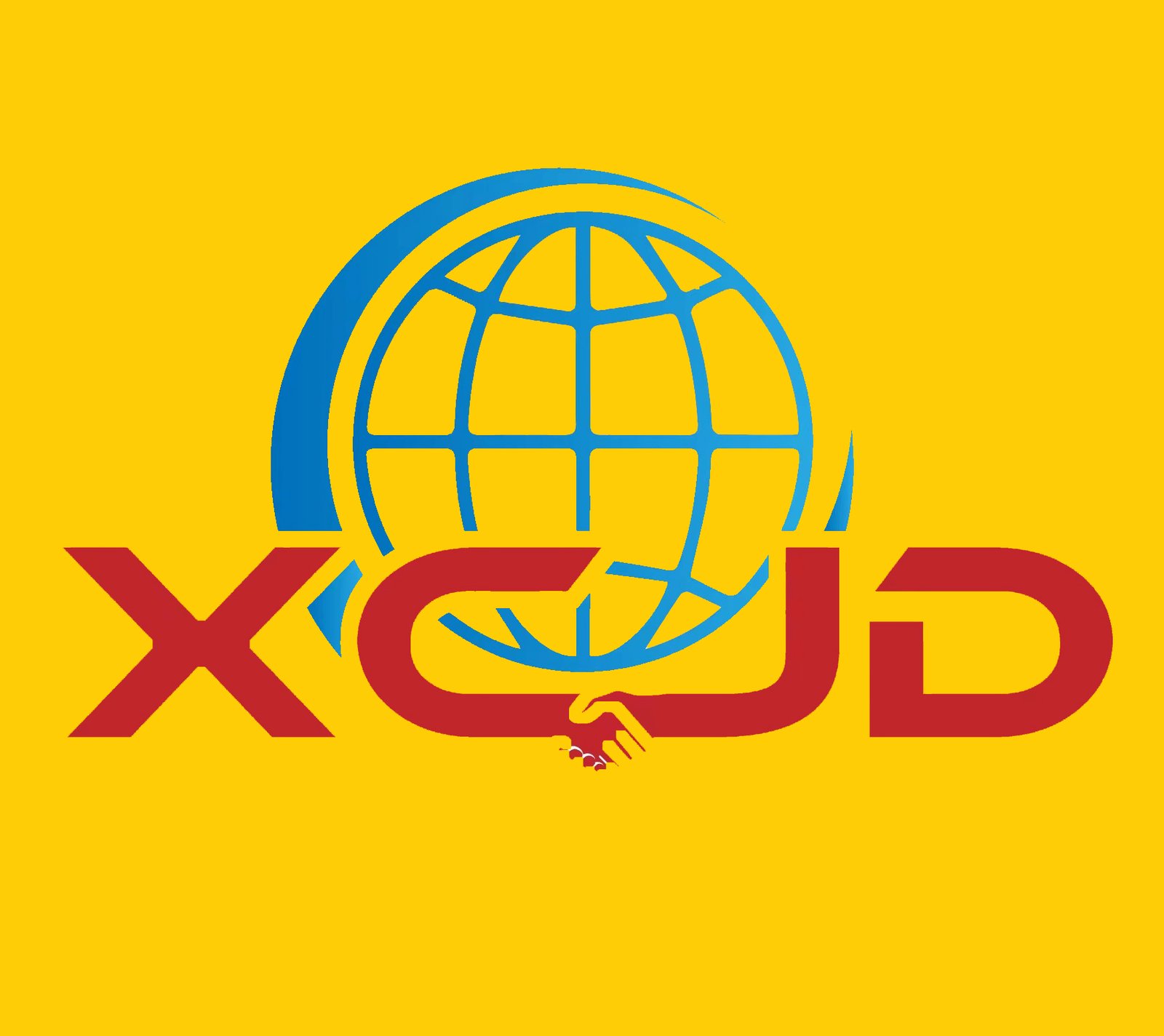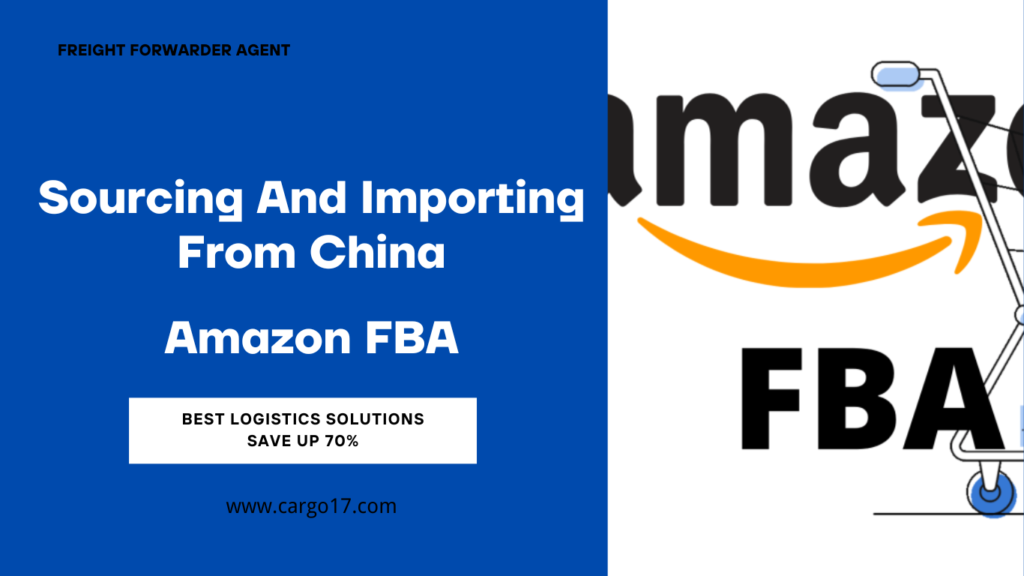No one would have imagined that in the already crowded global fast fashion competition, an “unknown generation” starting from China would quickly sweep the global market and lead the fashion fast-moving consumer goods industry through “local Chinese gameplay” such as extreme low prices, rapid updates, and flexible supply chains.
Recently, SHEIN and American brand management company SPARC announced a strategic partnership, in which SHEIN will own one-third of SPARC’s shares and SPARC will also own a small amount of SHEIN’s shares, forming a mutual shareholding situation. SPARC is the parent company of the globally renowned fast fashion brand Forever 21. This strategic investment is clearly intended for over 4200 retail stores and in store stores under the SPARC Group. SHEIN’s goal is not only to expand itself, but also to focus on offline! SHEIN, which has entered the European and American markets with a dark horse momentum, is about to open up a new battlefield, hunting the global fashion landscape online and offline.
SHEIN’s Racing Path
For fast fashion brands, there is a common logic of producing low-priced products and quickly launching new ones through strong supply chain capabilities. On this road, SHEIN has achieved “three extremes”.
1、 Ultimate price circle users? Average price of $10
If SHEIN’s biggest feature is mentioned, it must be price.
At any time, SHEIN has up to 600000 products available for sale on its online platform. All of its products have an average price of around $10- various types of clothing such as bikinis and dresses, presenting a youthful characteristic, and the price is very suitable for young people.
This pricing system has directly penetrated the bottom line of many fast fashion brands, helping SHEIN win the attention of a large number of young and low-income groups. A user of SHEIN was once interviewed by American media and said, “Products that can’t be fully browsed can cost over $100 with the addition of a shopping cart.”
Even if SHEIN has already displayed its signature of extremely low prices, it will still offer even more generous discounts during shopping seasons like Black Friday
——The highest discount is 75%, and orders exceeding $29 will enjoy a 10% discount on the entire order. The more you buy, the greater the discount.
Through extreme low prices, SHEIN has created a sales myth. In 2020 and 2021, the global consumer market will become weak as a whole due to the COVID-19, which will become the growth myth of SHEIN. Bloomberg previously reported that SHEIN achieved sales of $10 billion in 2020, a year-on-year increase of over 250%.
2、 Will the ultimate supply chain remain updated? Add 2000 new items every day
The second pinnacle of SHEIN is its powerful flexible supply chain, which is reflected in the sales end. SHEIN can launch up to 2000 new products every day.
SHEIN’s “7-day delivery” has become an industry myth. Behind it lies SHEIN’s creation of a unique flexible supply chain, which in simple terms requires suppliers to have the ability to undertake 100 to 500 small-scale orders. In the Pearl River Delta region of China, the least lacking is family style small workshops, but globally, only China has this ability. Although ZARA has a strong supply chain system, when the order quantity is reduced to 100 pieces per unit, ZARA cannot find a factory with such capability to accept orders.
3、 The ultimate social fission continues to attract customers?
Like the Chinese fashion industry, traffic is equally important in foreign markets.
Through social media platforms such as Twitter, SHEIN has hired a large number of overseas internet celebrities to promote its platform. So far, SHEIN’s social media account has accumulated over 250 million fans.
In fact, SHEIN initially relied on the traffic dividends of Google and Facebook, and completed its initial accumulation through advertising placements. Subsequently, SHEIN began to lay out social media marketing, which was one of the earliest cross-border companies to use internet celebrities to promote sales through live streaming on social media platforms such as Facebook, YouTube, Pinterest, and more.
It can be said that SHEIN was one of the earliest Chinese companies to generate traffic through internet celebrities. Data shows that in 2011, 100% of SHEIN’s traffic came from internet celebrities. SHEIN’s approach is to send free samples of clothing to internet celebrities in exchange for KOL traffic promotion and sales conversion. And guide the traffic to its independent site, gradually forming its own traffic pool to deepen consumer brand awareness, and improve consumer loyalty and stickiness.
At present, SHEIN products are mostly sold through independent websites, with only a very small portion sold through third-party platforms such as Amazon.
SHEIN’s Choice
SHEIN’s profits achieved record growth in the first half of 2023, and compared to the second half of 2022, SHEIN’s sales growth in the first half of the year is constantly accelerating.
SHEIN, which has been rushing all the way, is still growing rapidly. But with applause and flowers, this still young enterprise also received more attention and questioning.
1、 The questioned “anti industrialization”
In addition to extreme pricing, supply chain, and social fission, SHEIN’s digital system is also indispensable. SHEIN has created a unique internal supply chain system – SCM (Supply Chain Management). Through this system, SHEIN can always pay attention to every detail of its supply chain, and its suppliers can also receive orders from SHEIN at any time.
Through a digital system, SHEIN has established a “small order fast return” model, essentially resulting in a supply chain that is similar to traditional handicrafts. It takes an average of six months for Uniqlo to design, prototype, produce, and put on shelves for a piece of clothing, while ZARA only takes half a month, but SHEIN only takes seven days. With the speed of “Made in China”, SHEIN can release 10000 new items in a week.
This chain makes SHEIN more flexible, but there are also certain risks behind it.
In the 2022 SHEIN supplier due diligence investigation, serious violations were identified. Among SHEIN’s suppliers, 11% were found to have zero tolerance violations, and 71% of suppliers were found to have at least one major hazard.
Someone once described SHEIN as “anti industrialization”, and the biggest problem with this process is that the management granularity is too fine, and every link in it has problems, which will have huge loopholes.
Therefore, SHEIN is also striving to strengthen the coverage and intensity of supplier due diligence management. In November last year, a spokesperson for SHEIN also stated that it had just spent 107.5 million yuan on renovating some factories in July. If we continue to adhere to this model, similar expenditures will only increase and not decrease in the future.
2、 Those who have been questioned have been plagiarizing all along
One of SHEIN’s major features is the fast release of new products, and it tracks the most popular trend items based on data. Simply put, when thick soled boots are currently popular, SHEIN will quickly capture clues and launch related thick soled boot products at a weekly pace from design, pattern making to factory production.
But this approach also has a drawback, which is plagiarism. For a long time in the past, SHEIN was accused of constantly plagiarizing fashion items. The design of SHEIN clothing relies on big data, crawling keywords from the internet to ensure the speed of style changes, capturing trendy elements that consumers are interested in, and arranging and combining them.
In the past few years, SHEIN has been listed as a defendant in at least 50 federal lawsuits suspected of trademark or copyright infringement, accused of violating intellectual property laws, and facing multiple lawsuits from other companies, including well-known brands or independent designers. So how to independently create and avoid plagiarism is also a pressing problem that SHEIN urgently needs to solve.
3、 Environmental issues being questioned
Nowadays, Chinese fashion brands are still following the pace, but international brands are more focused on fabrics and environmental protection. This is also a constantly criticized issue in SHEIN – environmental protection.
According to a United Nations study, the fashion industry accounts for 8% of global carbon emissions. Sustainable fashion expert Roberta Lee pointed out that Shein and other fashion companies often use polyester fabrics, which rely on “obtaining more oil and carbon from underground” and are not biodegradable like natural materials.
Quickly, Shein responded positively to environmental issues. Firstly, the method of producing clothing in small quantities is more efficient and has almost no waste. Its business model balances consumer demand and inventory processes. We also guarantee on its website that we will use more recyclable fabrics and use printing techniques that are less polluting than traditional printers.
In order to mitigate this negative impact, SHEIN is also constantly proposing more solutions. For example, reducing the use of plastic. SHEIN revealed that their goal is to save over 319 tons of plastic by the end of 2023. Meanwhile, SHEIN is also researching and developing alternatives to environmentally friendly materials, such as natural fibers and biodegradable materials. These measures not only help reduce the impact on the environment, but also promote the development of environmental protection technologies.
Who are SHEIN’s opponents on earth?
At present, four global top cross-border e-commerce brands have emerged in China, including Ali (AliExpress), Temu, ByteDance (international version) and SHEIN,
The current monthly average views of AliExpress, SHEIN, TiktokShop International Edition, and Temu are 530 million, 190 million, 70 million, and 100 million, respectively.
The first cross-border e-commerce platform to enter the market was Alibaba AliExpress, which has now become a globally renowned B2B cross-border e-commerce platform.
According to Alibaba’s financial report, the international commercial revenue in 2022 was 19.465 billion yuan, a year-on-year increase of 18%. In recent years, Alibaba has continuously accelerated its pace of going global. Under the leadership of Jiang Fan, AliExpress has performed outstandingly in multiple markets such as Chile and Spain.
According to data, AliExpress accounts for 42% of transactions on local cross-border e-commerce platforms in Chile.
After launching its Chilean site, Pinduoduo cross-border platform Temu has officially launched its first site in Southeast Asia – the Philippines site, taking the first step into the Southeast Asian market.
From the beginning, one characteristic of Temu is its low price. This has a similar charm to SHEIN. Temu offers large discounts as low as 10% off, various full discounts, and free refunds. When users open the homepage of the Philippine website, the first thing they can find is a 90% discount. Then, on the ordering page, users can also see promotional information such as free shipping and free refunds.
It can be seen that Temu’s low-cost expansion strategy has been effective in the Philippines, and with the subsequent opening of Southeast Asian sites, Temu may gain greater growth in the Southeast Asian market.
Compared to the first two, Tiktok’s e-commerce journey is not as smooth.
Although short video platforms are popular overseas, it seems that Tiktok does not have the ability to sell products genetically.
A recent news report states that the TikTok US station will close its “semi closed loop yellow cars” by the end of August this year, marking the end of the era of “diversion” from TikTok to its own independent stations and other external links.
Starting from 2021, TikTok has been interested in showcasing its expertise in the e-commerce field and exploring the integration of Shopify with e-commerce features. On the one hand, it allows merchants to place advertisements and display products on TikTok, and on the other hand, it directly attracts consumers to independent websites of merchants to complete purchasing actions.
So far, the journey of TikTok Shop has been relatively bumpy
And all cross-border e-commerce participants coincidentally used a strategy – a low price strategy.
The essence of this strategy is to attract consumers with the lowest price. This indicates that domestic players are still using old methods to attract consumers from overseas, but the most effective way is still at hand.
Of course, with the help of the “ultimate” killer card, SHEIN has been soaring all the way to the present day. Although it has gained countless fans, it has undoubtedly entered a new turning point period this year, accompanied by questioning and competition from giant e-commerce companies.
“For cross-border e-commerce, success depends on many factors, and there are various factors that affect purchasing behavior, not only price, but also quality, which is the core factor.” “For example, in some European countries, many consumers are not particularly price sensitive. In this case, only low prices are not enough. The key is to provide users with higher quality products at lower costs, so that users can spend the least amount of money to buy the best quality products. This is the goal of cross-border e-commerce platform development.”
Who are SHEIN’s opponents on earth? In the short term, it is a platform competitor competing for existing users, in the medium term, it is a platform leader that can balance efficiency and cost, and in the long term, it is a decreasing population trend.






